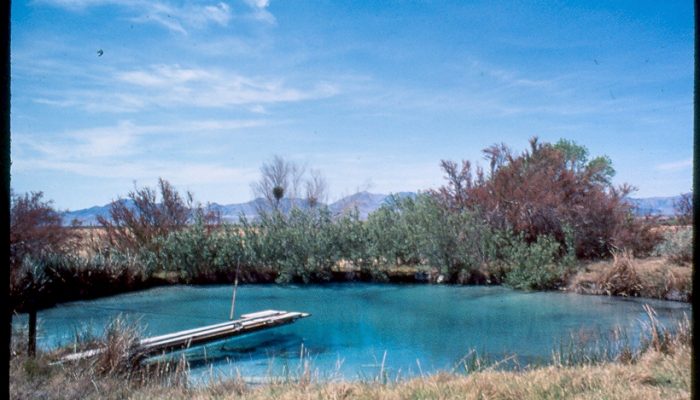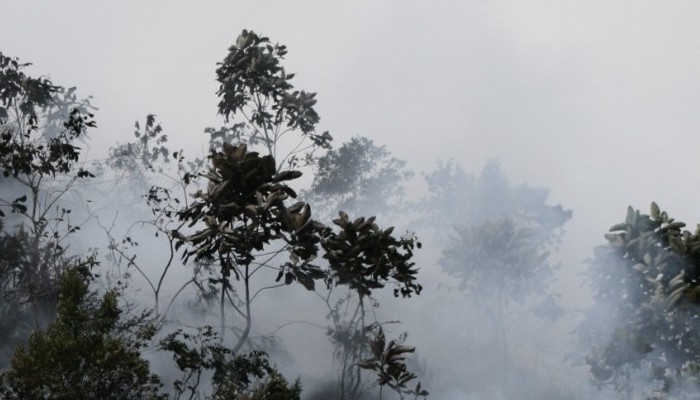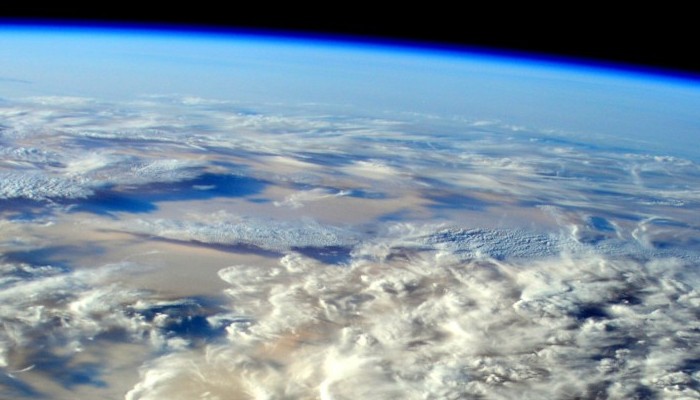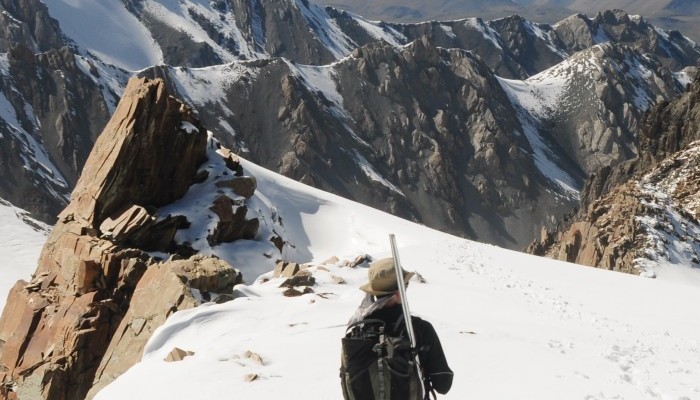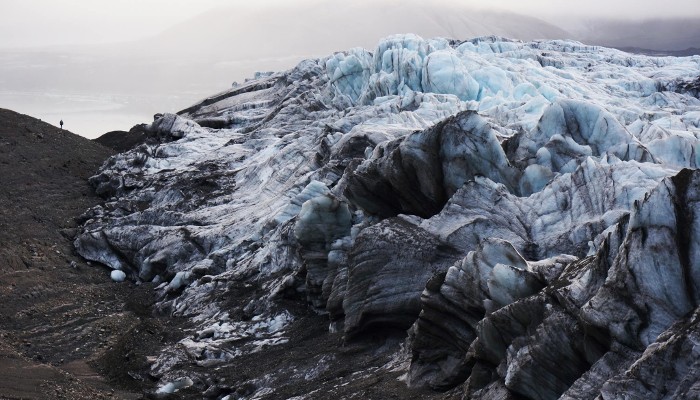Antonio Jordán (University of Seville, Spain) Paulo Pereira (Mykolas Romeris University, Lithuania) Saskia Keesstra (Wageningen University, The Netherlands) Artemi Cerdà (University of Valencia, Spain) What is connectivity? Over the recent decades, a growing number of studies have highlighted the role of hydrological and sediment connectivity processes in relation to watershed management, t ...[Read More]
If you didn't find what you was looking for try searching again.
Green Tea and Velociraptors
A letter to the Editor of the Zoological Journal of the Linnean Society
This post is one inspired by the actions of Ethan White and a couple of other ecologists. Spurred on by their actions, I decided to write a letter to the Editor of a major journal in my field, the Zoological Journal of the Linnean Society. Ethan has performed similar actions too, and this letter draws quite a bit on what he has previously written. The theme revolves around requesting that the Linn ...[Read More]
WaterUnderground
The Groundwater Wetlands and Bogs Study Group
The Groundwater Wetlands and Blogs Study Group is an unfunded, voluntary collaboration of professionals, formed in December 2012, focused on groundwater wetlands, bogs, and related systems. The Study Group has about 250 members in 39 countries. Study Group members communicate primarily through a disciplined Yahoo Group listserve. We are not a social network nor are we an environmental advocacy g ...[Read More]
GeoLog
Geosciences Column: Fire in ice – the history of boreal forest fires told by Greenland ice cores.
Burning of biomass contributes a significant amount of greenhouses gases to the atmosphere, which in turn influences regional air quality and global climate. Since the advent of humans, there has been a significant increase in the amount of biomass burning, particularly after the industrial revolution. What might not be immediately obvious is that, (naturally occurring) fires also play a part in e ...[Read More]
Seismology
Georisks in the Mediterranean and their mitigation
An international scientific conference about Georisks in the Mediterranean and their mitigation is going to be held in Malta between the 20th and 21st July, 2015. This Scientific Conference is organised by the University of Malta, as part of the SIMIT project: Integrated Civil Protection System for the Italo-Maltese Cross-Border Area. The meeting will bring together experts and researchers in va ...[Read More]
Climate: Past, Present & Future
A Climate Modeling Workshop in the South of France!
Climate and its effects on the past, present and future of the human race is a heated, topic of debate these days. There are many competing interests at stake from governments and politicians to the big oil and energy companies of the world to the scientists trying to work on climate change problems to the people of the world most acutely affected by these changes on the Earth we live. Thus, I thi ...[Read More]
Atmospheric Sciences
Welcome to the AS division blog
The Atmospheric Sciences Division of the EGU is launching its new blog. This blog hopes to address a number of topics, as well as the major challenges, related to the atmospheric sciences. In this introductory post, I would like to present some of the topics we will address here and also some hurdles the scientific community is trying to overcome. First, let’s agree on some definition ...[Read More]
GeoLog
Imaggeo on Mondays: High altitude glacier monitoring
What a place to work: Spectacular views from the top of the rugged and icy peaks of Tien Shan mountain range. The desire to better understanding global climate change took Leo Sold to this remote area of Central Asia. The frozen slopes of ice and snow in today’s Imaggeo on Mondays photograph hold some of the keys to understanding how the glaciers in this remote region are being affected by a warmi ...[Read More]
Cryospheric Sciences
The bi-polar behaviour of surge-type glaciers – Heidi Sevestre
Surge-type glaciers are the bi-polar member of the family of glacier dynamics. Every now and then they go into a complete fury and nobody really understands why. What are surge-type glaciers? Surge-type glaciers typically go through what we call the “surge cycle”. It is divided into two phases; a long quiescent phase during which the glacier is more or less dormant, followed by much shorter phase ...[Read More]
Seismology
Contributors wanted
We are looking for individuals interested in helping with the running of this blog dedicated to the Seismology Division (SM) within EGU. Single contributions are also welcome. The aim of this blog is to share latest news, ideas, promote upcoming events/conferences, and other information that is relevant to the seismological community. The blog is run in conjunction with a dedicated Facebook Page f ...[Read More]

